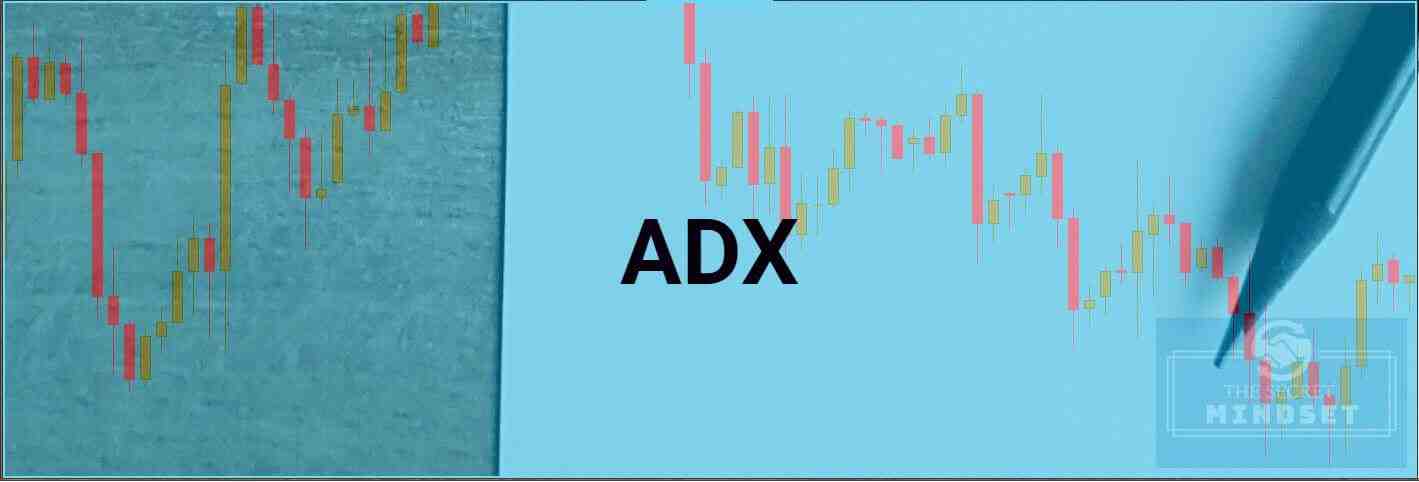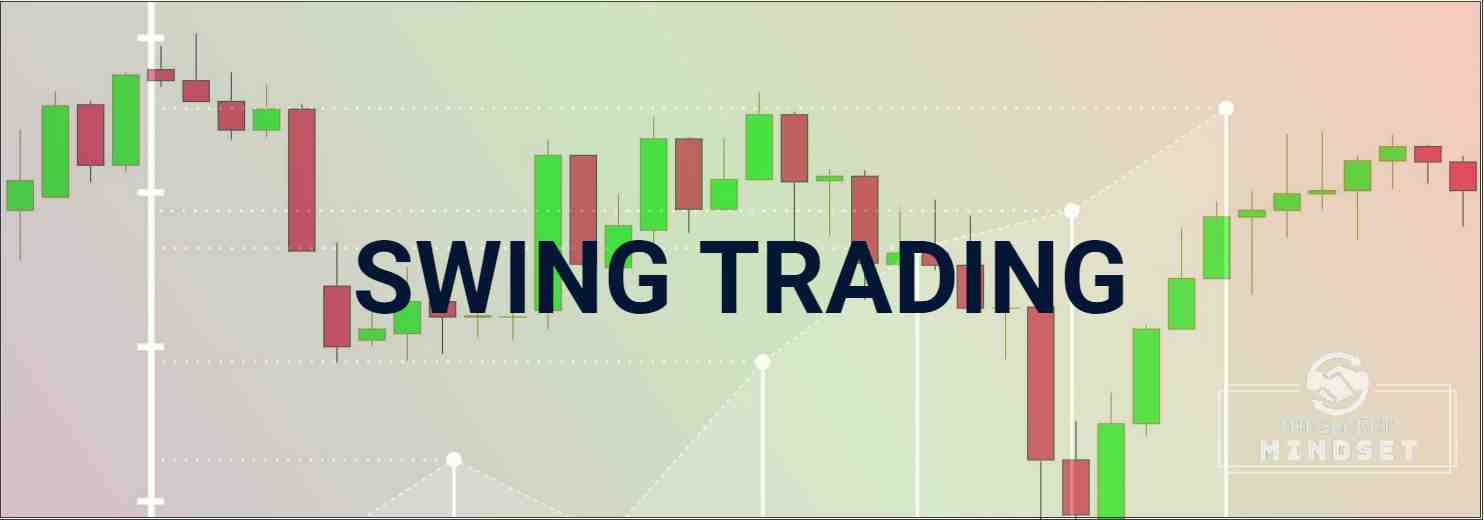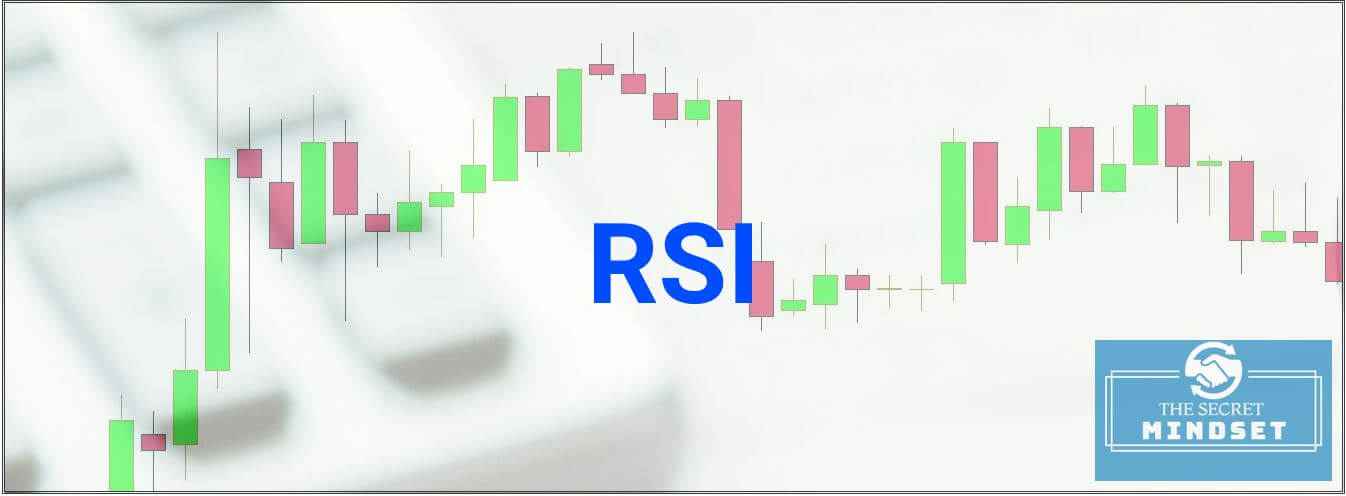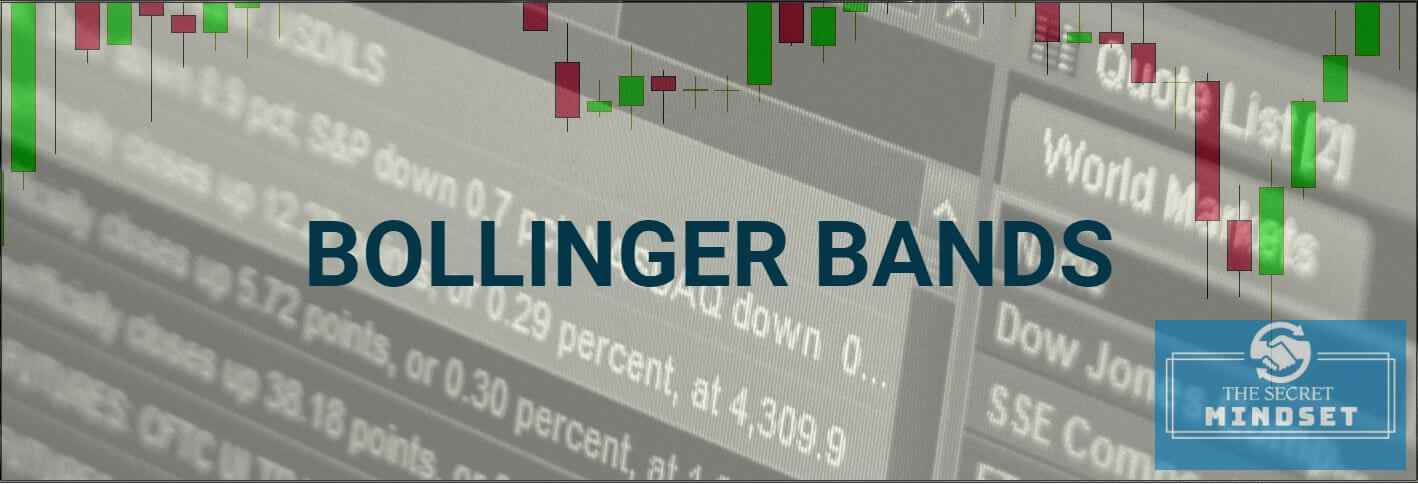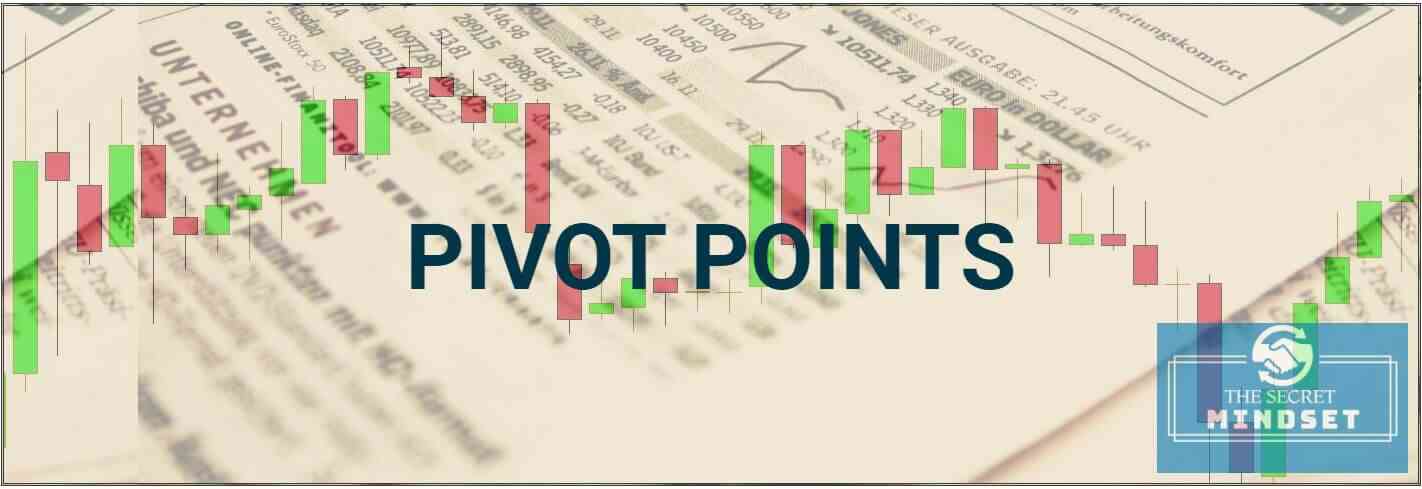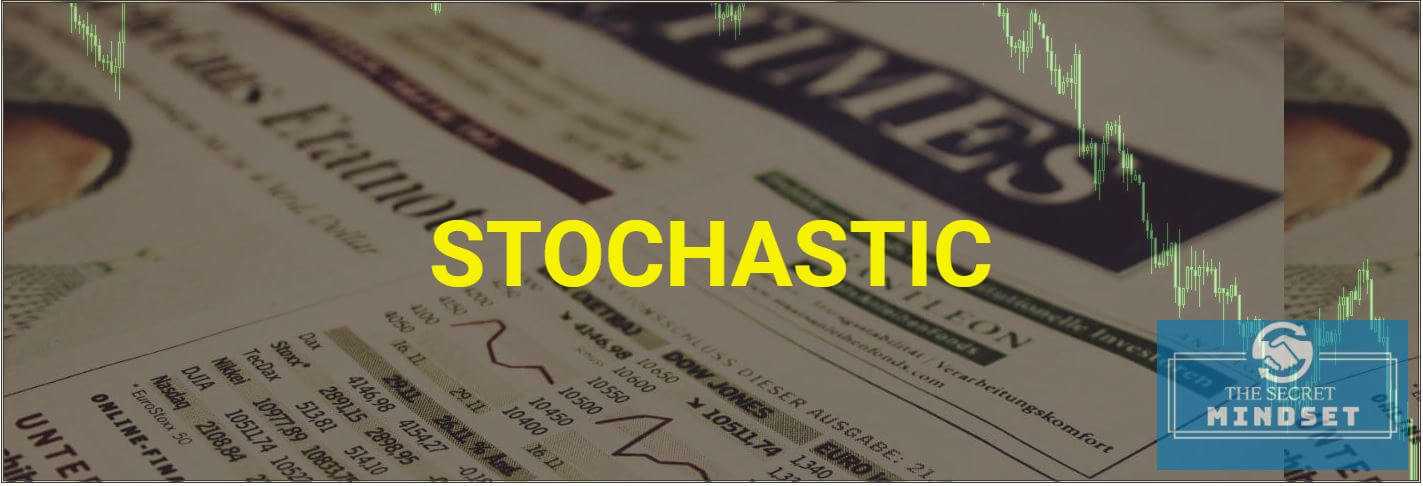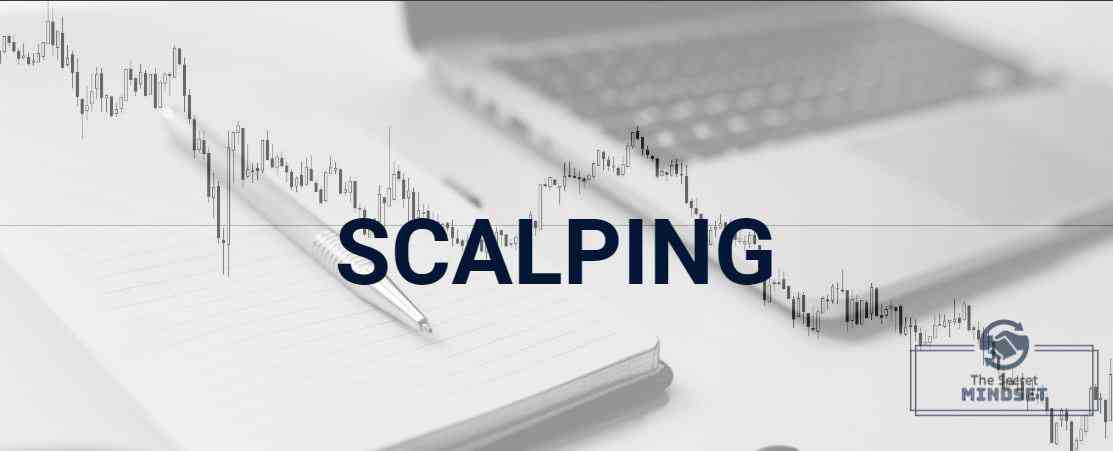Table of Contents
Technical analysis represents a method to study price evolution through charts with the purpose of determining its future direction. Practically, in the world of trading, when someone talks about technical analysis, it talks about charts. Charts are the most simplistic and accessible way to illustrate historical data (quotes, volume, etc.).
At the base of modern technical analysis, there are three golden rules:
The price includes all the information
The price includes all the information – considers all fundamental, economic, political, natural, psychological factors.
This premise can be considered the basis of technical analysis. Practically, technicians believe that price changes are determined exclusively by changes in demand and supply.
- if the demand exceeds the offer, the price will increase
- if the offer exceeds the demand, the price will decrease
This is the basic principle in every economic forecasting. Technicians have adapted this concept to technical analysis and have reached the following conclusions:
- if the price increases (demand exceeds supply), the fundamentals and the trend are bullish
- if the price decreases (supply exceeds demand), the fundamentals and the trend are bearish,
Which leads us to the next premise of technical analysis:
The market has a directional character
The market has a directional character, meaning that, it follows a trend, an upward trend (bullish) or a downward trend (bearish).
The whole purpose of the graphic illustration of the price movement is to identify the market trend in an early stage.
The underlying assumption of the technical analysis is that most of the stocks traded have a similar behavior on the market, which is usually repeated over time. Depending on the time horizon analyzed, a trader can identify primary, secondary and tertiary trends for the analyzed stocks.
- The primary trend is considered as the most important and it lasts between one and few years
- The secondary trend lasts from a few weeks to one year
- The tertiary trend lasts from a few days to a few months
History repeats itself
History repeats itself – the anticipation of future movements is done by analyzing the past.
This means that patterns identified in the past that have proven to be valid at one time will also work in future and will help to anticipate future developments.
In other words, according to this premise, the key to understanding the future is the study of the past. For technicians, the future is just a rehearsal of a past.
So, the basic principle of technical analysis considers that the price of stocks, in terms of evolution, has a repetitive tendency. Why? Because investors, as a group, tend towards a predetermined behavior.
The evolution of the price is also determined by the motivation of the market participants, which can be rational or irrational. Theoretically, the purpose of any investment on the capital markets should be maximizing immediate or expected earnings in the future. However, investors’ decisions are sometimes based on psychological or emotional motivation, and in extreme situations on mass behavior.
So, the price of stocks does not only reflect fundamental data but includes expectations and fears of market participants. If all market participants would act rationally, technical analysis would no longer be useful because the fundamental economic models would be able to give a fair prognosis on the market value of traded stocks.
Criticisms of technical analysis
Critics of the technical analysis believe that this approach is not practicable. They believe that it is impossible to predict the evolution of prices.
Charts reflect the past, but they cannot estimate the future. This assumption is also based on the fact that, in many cases, technical analysts of the market, under the same conditions, reached different conclusions.
Thus, we can conclude that the first criticism is the lack of rigor of technical analysis, and the most important supporters are the practitioners of the fundamental analysis.
Despite the fact that offers possible evolutions and price limits, technical analysis cannot provide accurate information and cannot demonstrate the reliability of the results.
But perhaps the most grounded criticism comes from fundamental analysts. The difference of vision and interpretation of the two types of analysis have led, over time, to a series of very well-defined differences that generated a number of strengths and weaknesses of the technical analysis.
Technical Analysis – Pros
- If the price includes all the information available in the market, then the investor / speculator needs only price and volume data.
Thus, the technical analysis operates with a much smaller set of information compared with the fundamental analysis.
- Another advantage of the technical analysis is its flexibility and adaptability in what concerns the time frame of the analysis and the financial products to which it applies.
Technicians can analyze through their instruments any desired market or product. Thus, technical analysis can be used to track a wide range of instruments across multiple markets.
- Charts can be used to analyze data for intervals ranging from hours to a century.
- There are many available tools of the technical analysis that are created to respond to the needs of different sectors of the market;
- The basic principles of technical analysis are easy to understand and have been developed taking into account the way in which markets operate;
- Technical analysis is based on the use of precise and accessible data, in real-time or with a very short-term delay.
Technical Analysis – Cons
- Because the technical analysis involves an element of subjectivism, it is possible that even experienced analysts to disagree with the significance of the data.
The technical analysts aren’t immune to the human tendency to attach themselves emotionally by their predictions. The technical analysis depends largely on how the investor / speculator analyzes the graphics. Therefore, the technical analysis may be subjective.
Just because two investors are looking at the same chart, this does not mean that they will eventually have the same opinion on the direction of the future price.
- Technical analysis is based on the idea that human nature is constant and, therefore, models tend to repeat. There are, however, limits to extrapolating the future from the past;
- The technical analysis is based on the probability of an event happening and not on the certainty that it will happen;
- Some modern techniques of technical analysis are based on mathematical and statistical concepts, particularly complex ones. Currently, this weakness tends to fade, due to the use of the supercomputers and specialized programs;
- For the success of the technical analysis, the accuracy of the information is vital.
With all the benefits of technical analysis, most investors use the information provided by the technical analysis only in conjunction with the conclusions offered by the fundamental analysis.
What Is Fundamental Analysis?
The fundamental analysis involves examining the main forces that act on the prosperity of the economy, industry and the company itself. The main purpose is forecasting and capitalizing gains from price fluctuations (if the valuation was done correctly).
- At the economy level, fundamental analysis may involve studying macroeconomic indicators reflecting the evolution and state of the economy at one point.
- At the industry level, one can analyze the demand and supply, the analysis of the sectorial indicators which reflect the situation of the respective industry / sector.
- At the company level, fundamental analysis may involve the examination of accounting results, management and managerial concepts, potential competitors
Thus, a proper fundamental analysis involves identification of factors that are not directly related to the economic and financial performance of the company studied but that are significantly influencing these performances.
In this regard, we can mention a number of factors such as: the sector of activity, the cyclicality or the seasonality of the company’s activity, the quality of the company’s products and their compatibility with the effective requirements of the market, quality of management, shareholder structure, etc.
Last but not least, the fundamental analysis involves identification of the main macroeconomic components related to the evolution of the economic environment, political and / or social factors that can significantly influence the performance of the company or capital markets as a whole.
Fundamental analysis is largely based on event studies, meaning that it measures the speed of incorporating public information into stock prices.
In what concerns the fundamental analysis at the company level, this can be achieved through different methods, mainly based on benefits, or dividends or cash-flows. These methods can be used to evaluate the fundamental value of a company.
Some analysts use certain rates to determine whether the title is undervalued or overvalued. Thus, if the intrinsic value is different from the current one, then the stock can be either overvalued or undervalued, but ultimately its price will converge to its intrinsic value. Fundamentalists are trying to take advantage of these discrepancies.
There are two approaches that are specific to the fundamental analysis, namely: “top – bottom” and “bottom – top“.
- The first type of fundamental analysis, top – bottom, involves studying, in the first phase, of information on the evolution of key macroeconomic indicators, then of those referring to the sector of activity of the company, and finally the specific indicators of the analyzed company.
- in the case of the “bottom – top” method, the analysis starts at the level of the company and ends with the study of the macroeconomic environment and its influences on performances of the securities concerned.
Fundamental Analysis – Pros
- One of the most important arguments for the fundamental analysis is related to the fact that takes into account the events happening in connection with the economy, the company’s sector, and is not based only on a history of prices and volumes as in the case of technical analysis.
Thus, by taking specific factors into account, the fundamental analysis offers a comprehensive outlook and a more complex picture.
- Although the fundamental analysis includes a wider range of data than the technical analysis and, implicitly, more complex data, the fundamentalists also rely on one of the basic principles of the economy, namely the demand / offer ratio.
They also try to discover and explain the reasons for the price movements and the reasons explaining why demand increases or decreases.
- Information analyzed by the fundamentalists is public information such as macroeconomic indicators or financial statements of companies made available to the general public. Thus, access to information is relatively easy, and fundamentalists have all the data necessary to conduct their studies.
From here on, everything depends on the work and the analyst’s skills.
- Fundamental analysis is good for long-term investments based on long-term trends, as it helps in finding the actual price of the company’s stock in the long-term.
Fundamental Analysis – Cons
- The financial analysis is based on information that is held by all major participants on the market, so it cannot bring a significant benefit.
- Information used in the fundamental analysis process is complex and subjective, depending largely on the skill of the person who investigates it
- Fundamental analysis cannot pinpoint the best moments of entry or exit on the market.
- Another disadvantage is that fundamental analysis cannot be applied to short-term.
Technical Analysis vs Fundamental Analysis – Conclusions
As financial markets developed, supporters of technical or fundamental analysis had contradictory attitudes. However, one cannot say for sure which one of them is right, because in some situations the forecasts made by technicians will come true, sometimes fundamentalists will anticipate the stock prices better.
Currently, to get a fair market image, it is advisable to use both types of analysis in different proportions depending on the each person’s vision.



